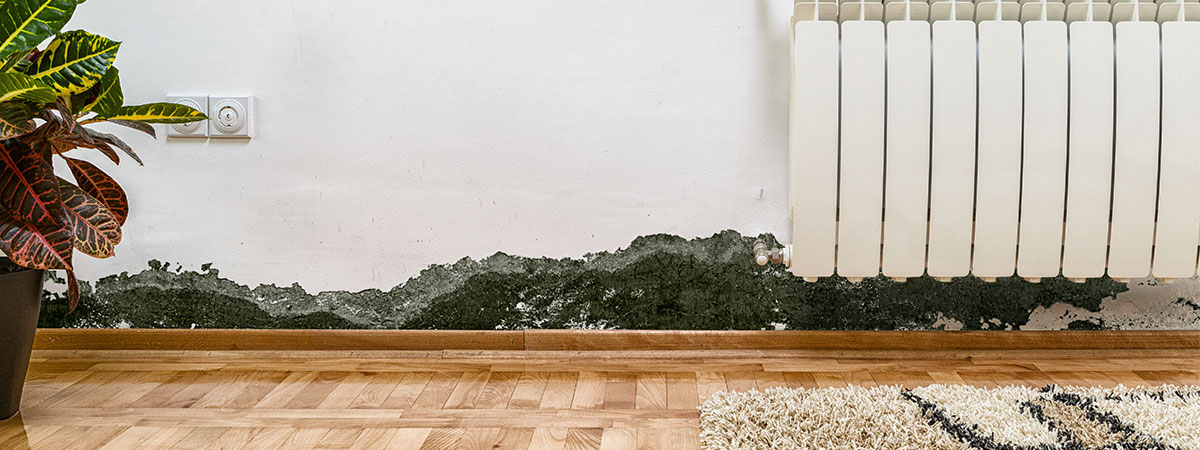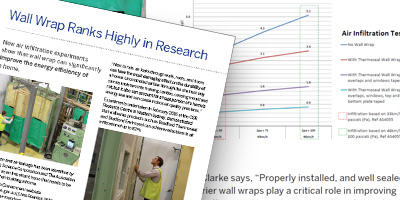Consequences of Condensation
The drive for energy efficient buildings has resulted in the use of higher levels of insulation, as well as reduced air leakage due to modern energy conscious building practices. As a result, this has dramatically changed the temperature and moisture balance within buildings, which has increased the risk of condensation formation within the building structure.
The possible consequences of condensation formation within the building structure and subsequent high humidity environment created can include the following:
- Health Risks: Unseen mould growth behind wall linings and external cladding can be a health risk to the occupants, particularly the young or elderly. Detection and rectification can be difficult as well as costly due to the unseen nature of this problem.
- Visual Deterioration: Deflection or staining of plasterboard linings as a result of moisture trapped behind the linings can cause ugly stains and swelling – this is an obvious sign of moisture ingress or entrapment.
- Structural Decay: Moisture becoming entrapped within the structure can result in long term corrosion of metal structures, timber rot, loosening of nails as timber swells, and cladding rot or swelling which can result in costly rectification work.
- Energy Efficiency: A reduction in the buildings energy efficiency can occur due to moisture saturation of the insulation, which can result in loss of thermal performance.
What's the solution for controlling condensation?
Bradford offer a range of vapour permeable membranes which allow moisture (water vapour) to pass through them whilst preventing the entry of wind driven rain and dust from the outside environment both during and after construction. When positioned against the outside of the building frames as a wall wrap or roof sarking, these membranes reduce the risk of condensation forming inside the home and building structure. Click here for more information.
Bradford also offers project specific technical advice and condensation modelling – click here to access the Bradford Condensation Risk Calculator.
Alternatively contact Bradford for further advice on 1800 354 044 or bradfordenviroseal.com.au




